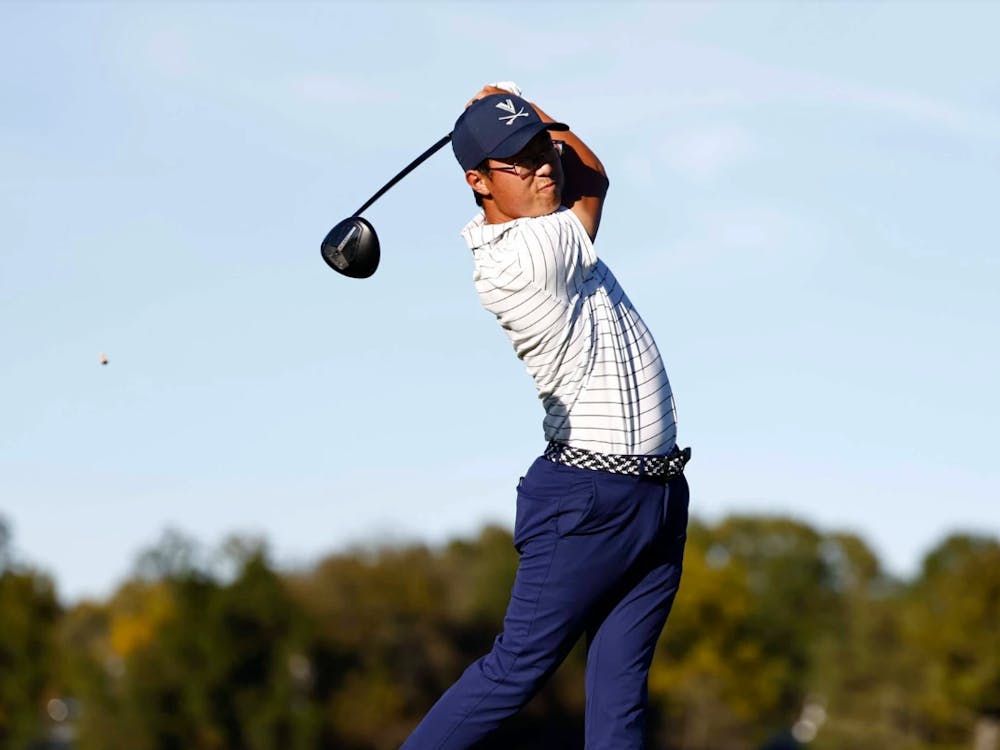It seems strange to me that February, a month with only one — admittedly “Super” — game, manages to be one of the most important months for football.
I’ve taken to calling it “Meat Market Month” lately because of its focus on the rampant commoditization of athletes. It starts with National Signing Day, the first day that college football recruits can sign their letters of intent to be “student-athletes” at their schools of choice. Rather than serving as a celebration of the hard work that these talented young men have put into earning a scholarship, Signing Day is an occasion for New Era to sell hats, Nike and Adidas to shill jerseys and for ESPN to rack in TV revenue. Meanwhile, overzealous fans exalt the “sound decisions” made by prospects signing with “their” team and decry the “shady tactics” used by recruiters to “dupe” players into choosing rival programs. It all seems pretty overblown, right?
But if you think that’s crazy, we haven’t even scratched the surface.
A few weeks after Signing Day, a group of men who were once the high school kids donning their Ohio State or Florida hats convene for the NFL Scouting Combine. What should serve as a platform for players to put their best football foot forward and for teams to kick the tires on potential employees has evolved into something larger and more menacing.
The combine has become a symbol of the NFL’s year-round hype machine.
It is not only an excuse for the NFL Network to televise something in the offseason besides yet another rerun of “NFL Top 10.” It’s also the event that sparks the inevitable Signing-Day-esque buzz that persists until the NFL Draft in April. We, as fans, get so caught up in the storm of hype that we tend to miss some of the major flaws associated with the event.
First of all, some of the drills may not be good indicators of pro success. So much stock is placed on bench press for offensive linemen, but of the last five bench press leaders at the combine, only one — Dolphins tackle Jake Long — was drafted before the third round, and only two — Long and Chargers guard Louis Vasquez — have started more than four games in their careers.
Even more stock is placed on who wins the 40-yard-dash, especially among wide receivers. Admittedly, there is more of a correlation between blinding speed and success, but still, for every DeSean Jackson, who led the field with a 4.35 in 2008 and quickly built a reputation as one of the league’s best deep threats, there is also a Yamon Figurs, who ran an insane 4.30 in 2007 but caught just five passes in five NFL seasons.
And don’t even get me started on the merits of the 40 for offensive linemen. When was the last time you saw a guard or tackle sprint 40 yards down the field at once? I don’t remember, either.
In addition to the ineffectiveness of individual drills as predictors of success, the combine process as a whole is flawed. Ever since Boston College defensive end Mike Mamula wowed scouts with a 4.58-second 40, 26 bench reps of 225 pounds and a 38-inch vertical despite his 248-pound girth, players have seen that the way to succeed at the combine is to train for the drills. An eye-popping workout can push draft stock through the roof.
But in the end, it’s still just a workout. The people who dominate the combine have shown a propensity to hit the gym rather than the field.
So what does that mean for Marquise Goodwin, the Texas wideout who broke the receiver record with a 4.27 40 this past weekend? Or Terron Armstead and Lane Johnson, the tackles who shocked the football-loving world with 4.71 and 4.72 40 times despite weighing more than 300 pounds? The honest answer is that we have no idea. Johnson is projected as a first-round pick, while Armstead was not really on anyone’s radar; but we can’t say with any overwhelming certainty which one is going to turn out to be the best pro player of the bunch.
It could even be someone else that nobody expects. Numerous players who have emerged as stars in the NFL — Wes Welker, Victor Cruz and James Harrison, to name a few — weren’t even invited to work out at the combine.
There’s also the issue of participation, even by those who attend the combine. It’s understandable that a player with a shoulder or chest injury probably can’t bench-press, but the reality is that much of the time, the non-participation is due to agents instructing their clients to sit out so as to not have the opportunity to damage their stock. It makes sense from a self-interest standpoint, but it further damages the credibility of the combine as an arena for determining which of college football’s best and brightest are going to succeed in the NFL.
Of course, as usual, I’m going to finish writing this and then watch Armstead’s 40 on YouTube again. I feed into the hype machine just as much as you do. I feverishly head to Bleacher Report or Deadspin or ESPN to find out which rush linebacker/end hybrid my beloved Saints will target with the 15th pick in the draft. But do as I say, not as I do: take the NFL combine with the heaping tablespoon of salt it deserves.






